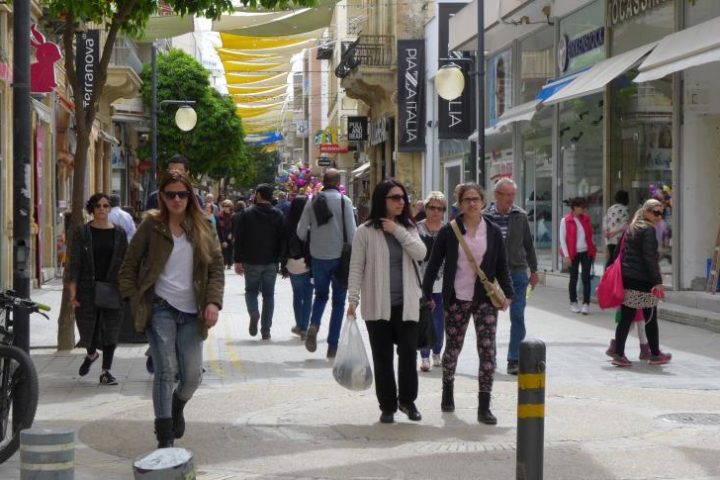Less spent on housing
According to the Eurostat survey on families, Cyprus has the highest marriage rate among the EU25, at 7.2 per 1,000 inhabitants compared with an EU24 average of 4.8 per 1,000.
According to the survey, there were around 2.2 million marriages in the EU 25 in 2004.
Denmark also had a high rate of marriages at 7.0, while Sl?venia (3.3), Belgium (4.1) and Greece (4.2) had the lowest.
The low score for Greece suggests that the tradition, also prevalent in Cyprus, of friends and relatives giving money instead of presents when someone marries cannot be the only reason why Cyprus scores so highly.
Cyprus has the lowest rate of babies born outside marriage at only 3.3% of all births born to unmarried parents, compared with 58% in Estonia.
Divorce rate higher too
However, perhaps because of the higher marriage rate, the divorce rate in Cyprus is also higher than average, at 2.2 per 1,000 inhabitants in Cyprus compared with an EU average of 2.1.
In 2004 there were almost one million divorces in the EU25.
The Member States with the highest divorce rates were the Czech Republic and Lithuania (both 3.2) and Estonia (3.1).
The lowest rates were found in Ireland (0.7 in 2003), Italy (0.8 in 2003) and Greece (1.1).
High proportion of 3-children households
Eurostat also issued data regarding composition of households.
Among Member States in 2005, childless households accounted for 70% or more of the total in Finland, Germany, Denmark and Austria, while it was 55% or less in Poland, Lithuania, Slovakia, Cyprus and Malta.
Amongst households with children, it was most common to have one child in nearly all Member States.
However, in Denmark, Cyprus, Luxembourg and the Netherlands it was more common to have two children. In Cyprus, 10% of households had 3 children or more, compared to the EU25 average of 4%.
Less spent on housing
While we often moan about rising house prices in Cyprus, the figures suggest that the cost of housing eats up less of our income than elsewhere.
Out of household expenditure in the EU25 in 2004, 21% went on housing, water, electricity, gas and other fuels, 13% on transport, 13% on food and non-alcoholic beverages, 10% on recreation and culture and 6% on clothing and footwear. Most of the Member States followed the same expenditure pattern.
However, in Cyprus, Lithuania, Malta and Portugal expenditure on both transport and food had higher shares than on housing.







